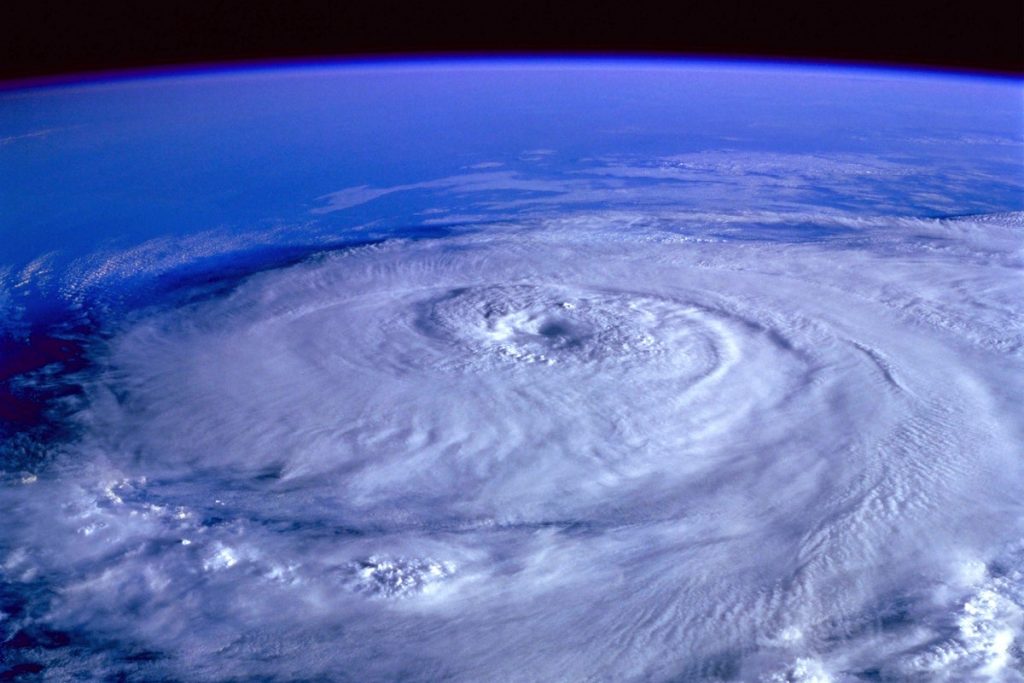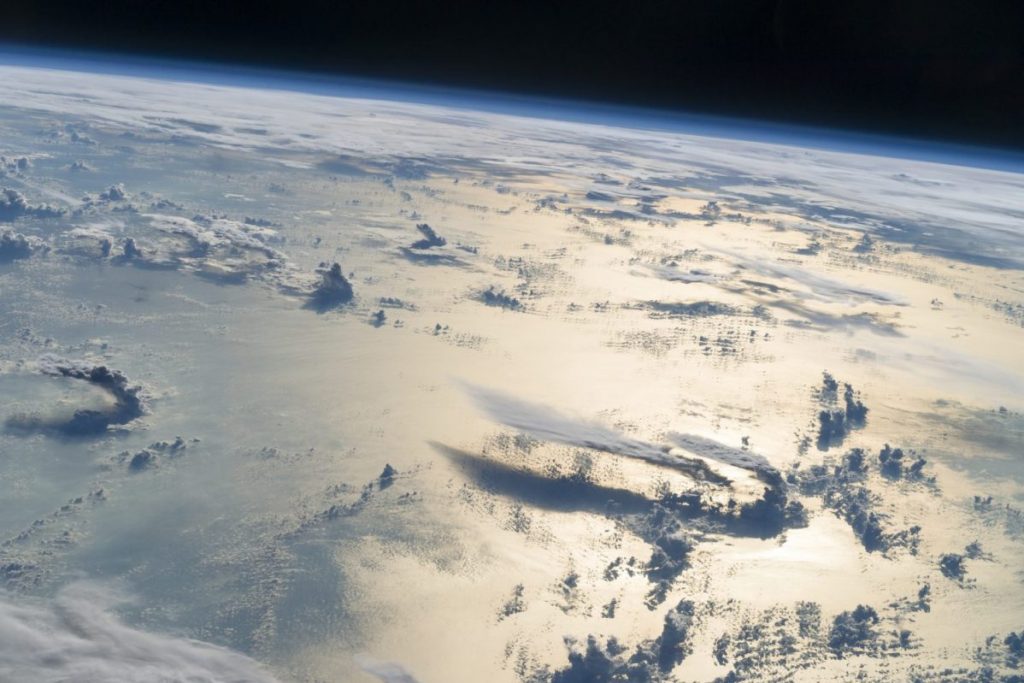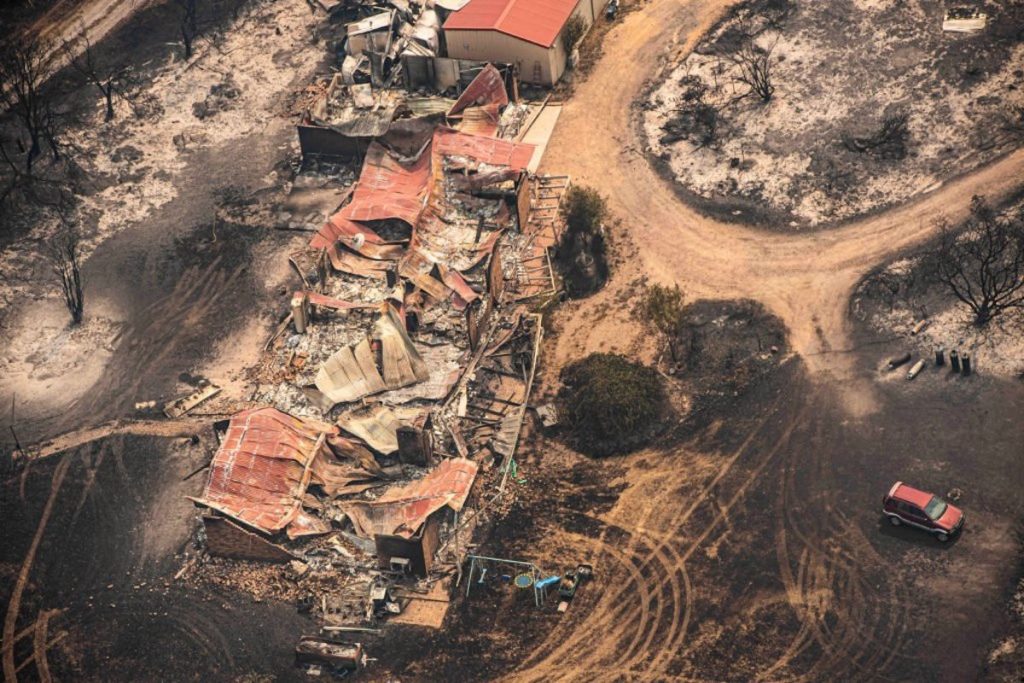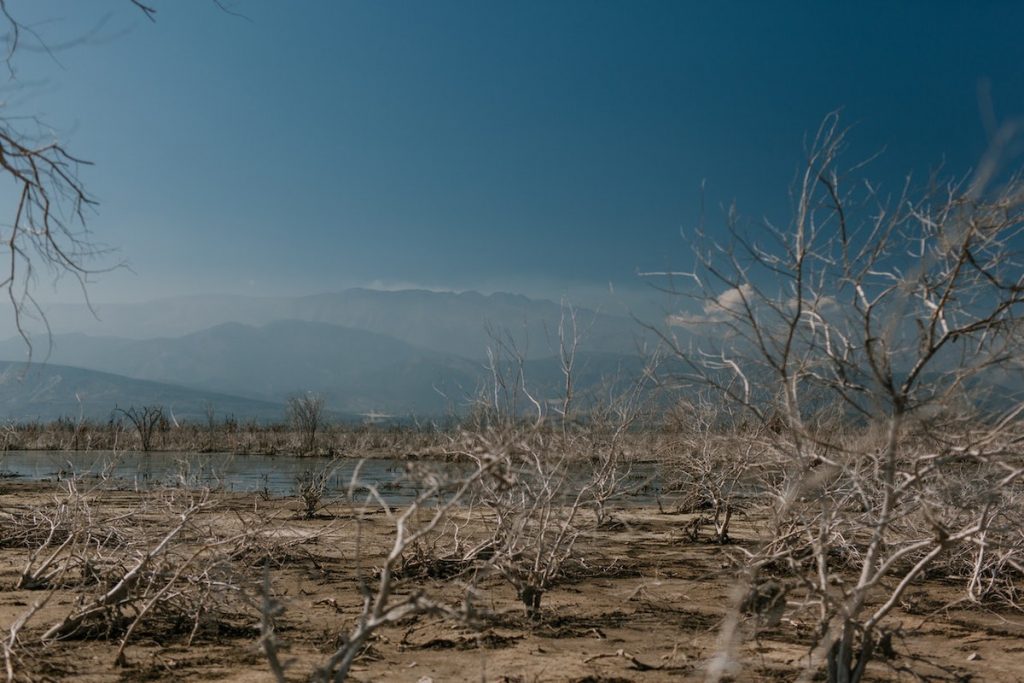Climate models cannot reliably generate either regional means or extremes of heavy rainfall. Substantial improvements are clearly needed in our climate models, along with a fundamental shift in our understanding of those processes that explain the frequency, intensity and duration of rainfall extremes.
We will pursue an analysis of the dynamic and thermodynamic characteristics of observed extreme rainfall events on time scales from hours to seasons, complemented by the use of state-of-the-art high-resolution modelling approaches at local to global spatial scales. Links between extreme rainfall and the dynamical state of the atmosphere and ocean will also be examined.
We will then develop better representations of the processes relevant to extreme rainfall with a particular focus on ACCESS. Our research goal is therefore:
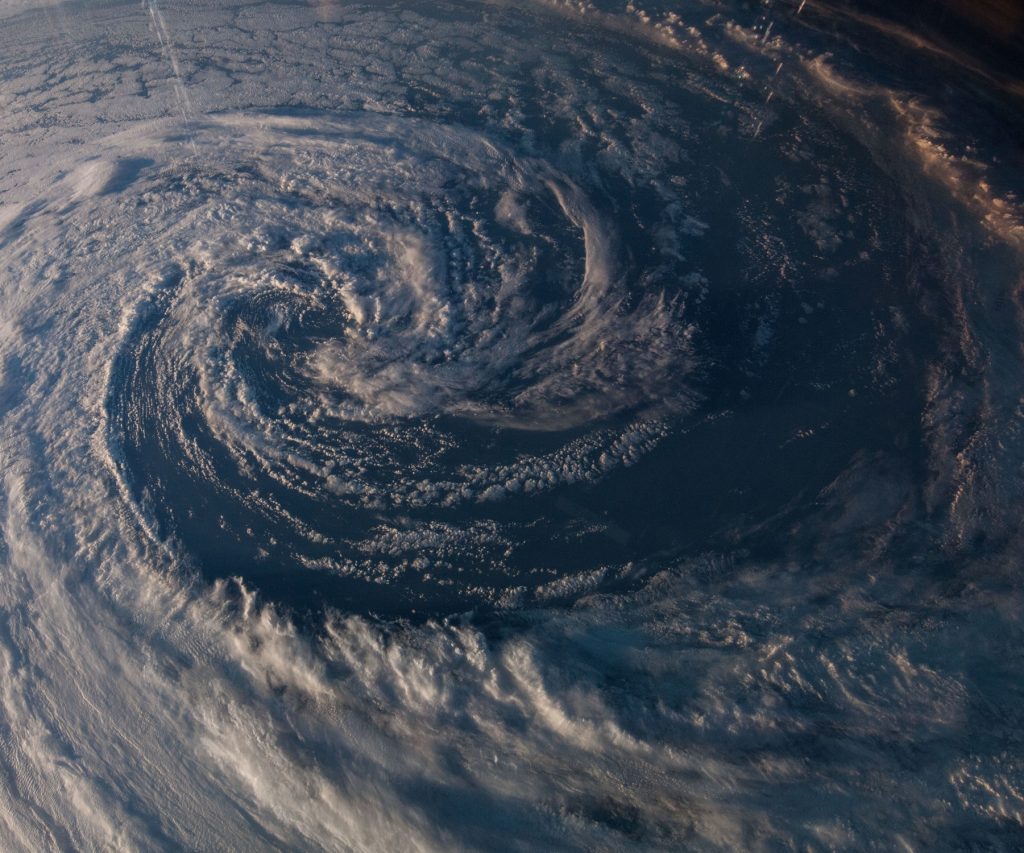
To improve the prediction of extreme rainfall at all scales through fundamental advances in understanding the processes involved and a translation of this understanding into the next-generation of modelling systems.
Image (right): Storm off the coast of Western Australia. (NASA).
We will undertake four related projects:
- Project 1.1: How do changes in the background state (circulation and moisture content) control extreme rainfall on the regional scale?
- Project 1.2: What processes underlie the spatial and temporal organisation of convective systems that lead to extreme rainfall?
- Project 1.3: How do tropical to mid-latitude interactions control Australia’s rainfall extremes?
- Project 1.4: How well do climate models represent rainfall extremes and how can their simulation be improved?

